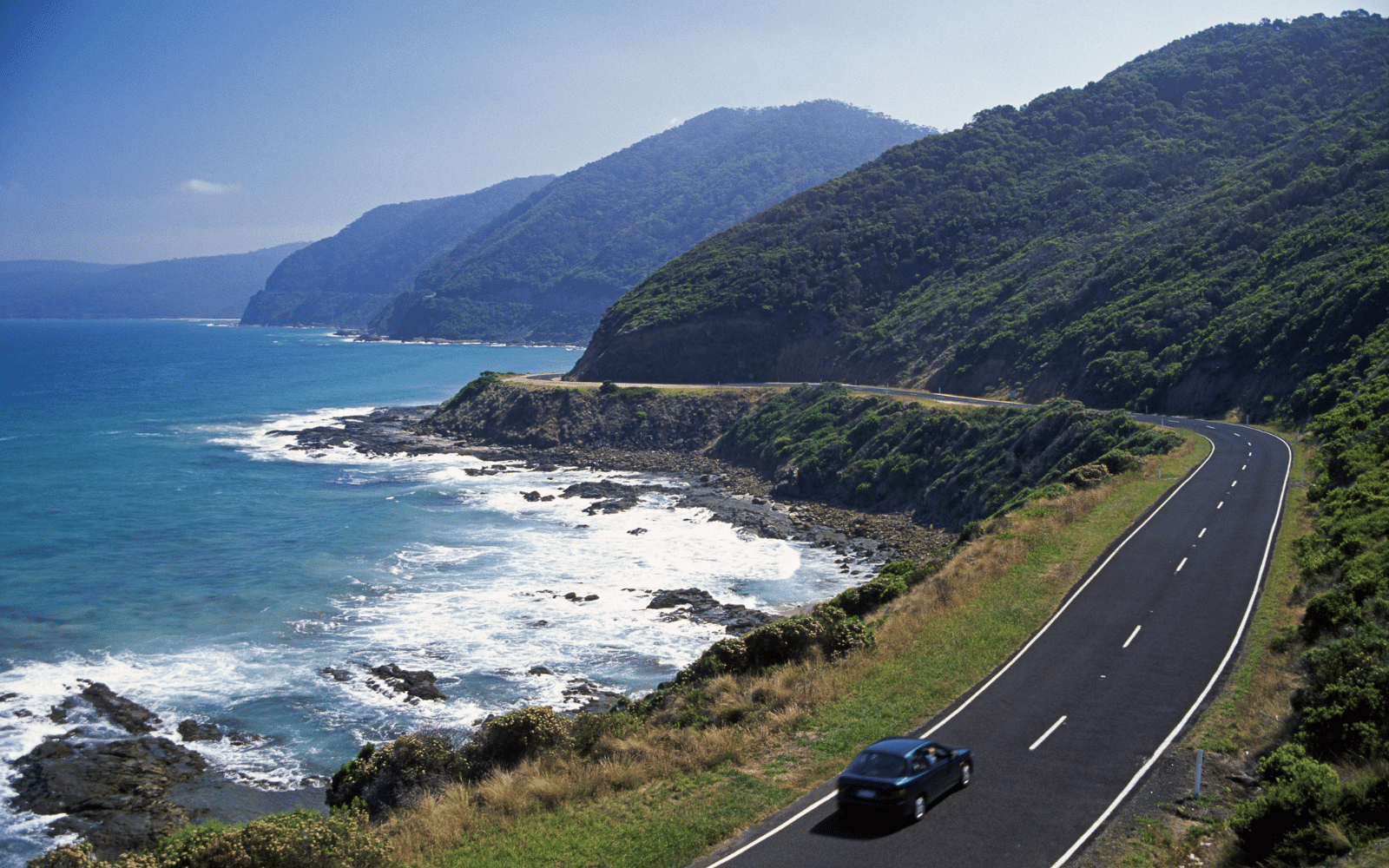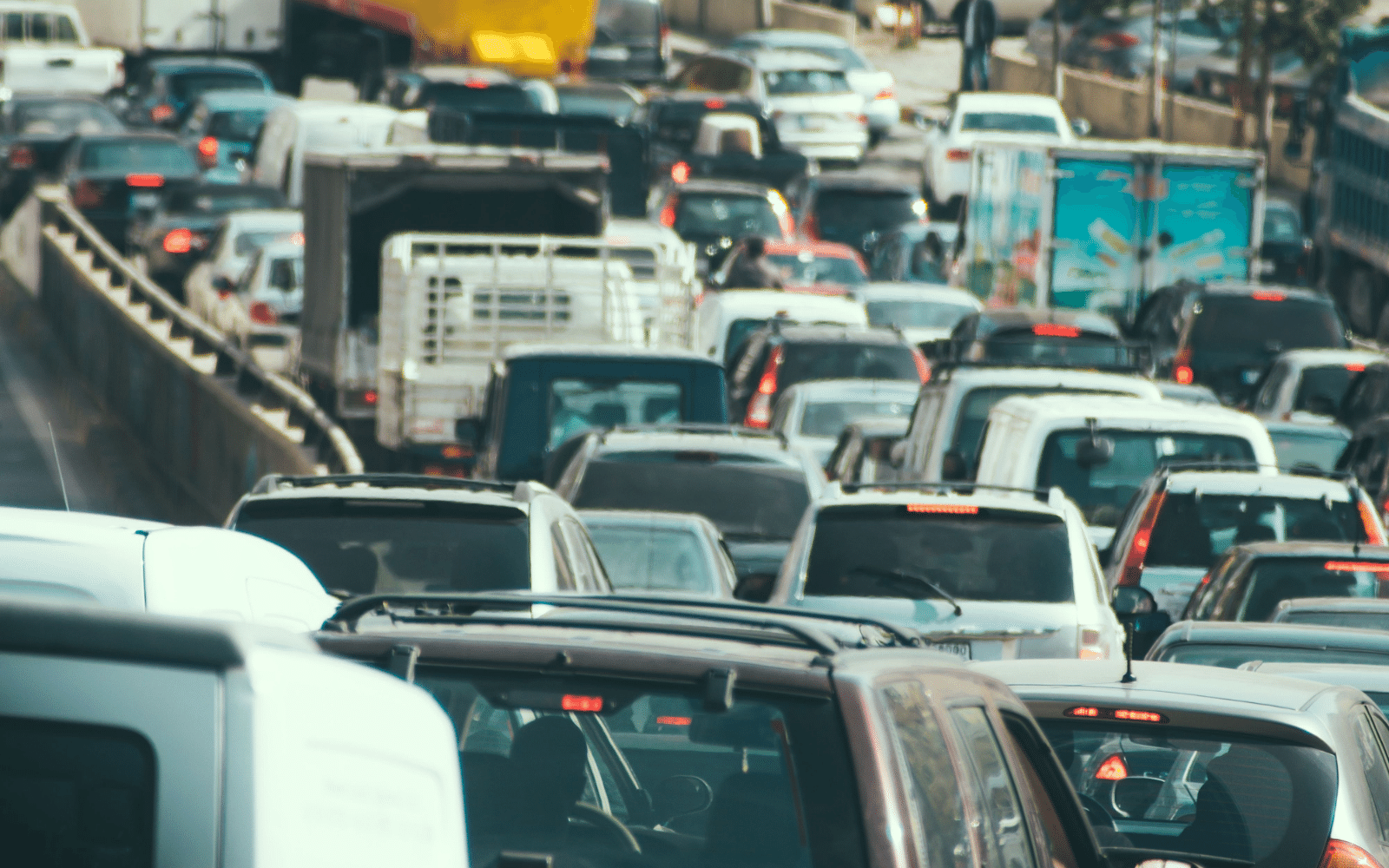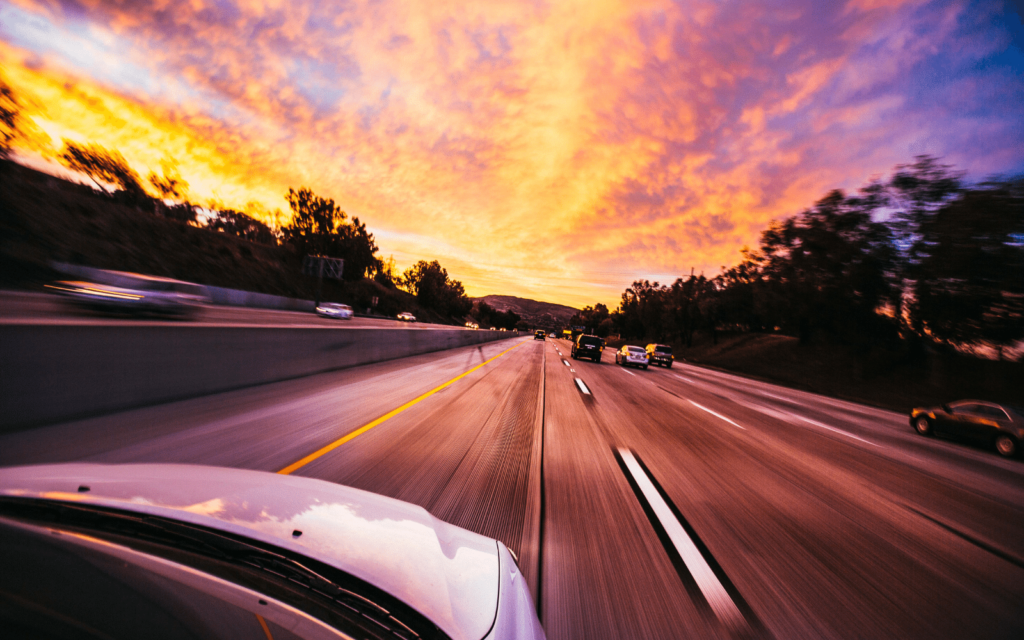The price of petrol in South Africa went up again this week, to a record high of R21.96 for 95 octane. And that’s after SA’s government dropped the price by R1.50 with a little tax holiday. The price of gas isn’t exactly sustainable. Something has to change. While we wait for South Africa’s government (or the current Eastern European situation) to sort something out, that something might be us. Let’s introduce you to the concept of hypermiling, a hobby for some that might become an everyday essential if this keeps up.
What is hypermiling?
Hypermiling is mostly practiced overseas. Folks in the UK seem especially fond of it, for some reason. In a nutshell, it’s the practice of trying to get as much mileage out of your car on a single tank. Some folks… take it to extremes. But the idea behind it — saving gas by making small but consistent changes to how you drive — is a good one. Especially now.
A variety of tactics are employed by the folks obsessed with going further and longer without paying more. And it’s these tactics — the more sensible of them, anyway — that can be used to bring down your monthly fuel bill. You don’t have to tailgate massive trucks on the highway or anything whacky like that. Just make a few basic changes that stretch your fuel that much further. That way, you’ll have enough cash left over at month-end to pay for South Africa’s latest electricity price increase.
Start saving
 Hypermiling offers several suggestions that are incredibly simple to implement immediately. Suggestions like removing items from your car that aren’t required. Every kilogram saved is a kilogram you don’t have to propel down the road. This won’t work if you drive a minibus taxi, but if you typically drive by yourself, maybe yank the back seat out. And any weighty and not-so-weighty items in your back seat or boot. You’re not using any of it. Why pay for transporting it?
Hypermiling offers several suggestions that are incredibly simple to implement immediately. Suggestions like removing items from your car that aren’t required. Every kilogram saved is a kilogram you don’t have to propel down the road. This won’t work if you drive a minibus taxi, but if you typically drive by yourself, maybe yank the back seat out. And any weighty and not-so-weighty items in your back seat or boot. You’re not using any of it. Why pay for transporting it?
You should also keep your car in good running condition. Regular services and the correct tyre pressure go a long way toward reducing fuel consumption. Yes, it costs a bit to keep your car maintained, but you’re likely spending at least that much on fuel over the course of the year. And it doesn’t cost anything to keep your tyres at the right pressure. It might even be a plan to spring for nitrogen-filled tyres. They’ll deflate slower, improving fuel consumption for longer.
There are a few other common-sense things you can do. Keep your windows up, and the aircon off. The first improves your car’s drag, while the air conditioner increases fuel consumption by up to 10%. Drag is your major enemy, and it’s caused by acceleration. If you accelerate at a moderate speed and maintain a lower top speed, you encounter less drag. Less drag means less fuel consumed as you drive. Hypermilers also suggest coasting. This is a little tricky — you should learn to anticipate traffic and the areas where you can take your foot off the accelerator. Like when you’re heading to a traffic light or are on a downslope. Idling while in gear on these sections isn’t wholly safe, but it definitely helps to save gas. Just don’t turn your vehicle off while coasting. That will end in disaster.
Finally — invest in a fuel consumption tracking app. Don’t just rely on your car’s built-in system. Tracking how much you’re using, and how much you’re saving, will reinforce some or all of these behaviours. Even as it drops the amount you spend on gas each month.
What you can do, in brief
- Remove excess weight from the car. Even the seats, if you’re not using them, but definitely those weights in the boot
- Keep your vehicle well-maintained. It’s cheaper than filling up more often.
- Maintain the correct tyre pressure.
- Anticipate traffic and coast when you can. Any time your foot is on the accelerator, you’re using more fuel.
- Find ways to reduce drag. Windows up, aircon off, and moderate acceleration (not too slowly). Small changes add up.
- And, of course, actually track your fuel consumption, so you can see what difference this makes.
Not everyone understands
 Hypermiling tactics aren’t going to be popular with everyone. You’ll be driving slower overall, you’ll accelerate from a stop at a rate that’s, frankly, annoying, and you’ll spend a fair amount of time coasting to a stop. If Discovery is your insurer, you’ll have far better premiums. But anyone on the road who isn’t that concerned with the price of fuel is going to be annoyed at you. You might even constitute a hazard on the road if you’re moving slowly enough.
Hypermiling tactics aren’t going to be popular with everyone. You’ll be driving slower overall, you’ll accelerate from a stop at a rate that’s, frankly, annoying, and you’ll spend a fair amount of time coasting to a stop. If Discovery is your insurer, you’ll have far better premiums. But anyone on the road who isn’t that concerned with the price of fuel is going to be annoyed at you. You might even constitute a hazard on the road if you’re moving slowly enough.
And then there are the more… extreme hypermiling tactics. These call for driving without touching the brakes for as long as possible, trying to implement extreme focus, overinflating your tyres, or filling your car with a lower-viscosity oil. Some of these can be safely used, but they’re also prone to causing accidents. Use caution and common sense. You don’t need to be Sebastian Vettel on the school run, is what we’re saying.
Stay on the road. Or not
There are only really two choices if you’re planning on remaining on four wheels. You can either switch to an EV, and have your ‘fuel’ costs be at the mercy of Eskom. But that costs upwards of R600,000 in South Africa, unless you’re fine with shelling out R230,00 for the Eleksa CityBug. Most locally available EVs will cost a million (or more). Whether you go expensive or cheap, you still need to buy an all-new vehicle.
Hypermiling, on the other hand, can be done by everyone. Within limits, of course. Not everyone can afford regular maintenance, and many of us can’t perform extreme weight reduction. But as long as you’re using at least a few of these tips, sensibly, you’ll face a smaller fuel bill at month-end. Just remember that you’ll be better served doing your own fuel consumption tracking on this one, too. Or, you know, buy a bicycle. That works too.




